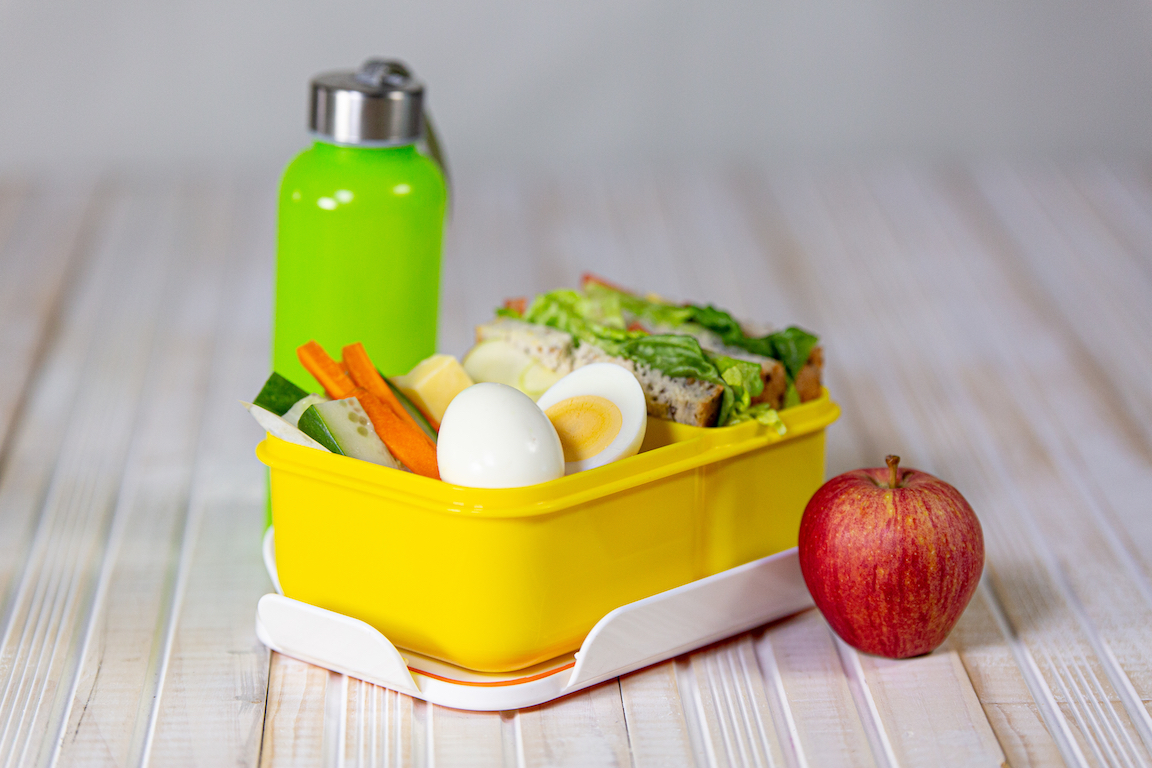It is well understood that fruits and vegetables are invaluable components of a healthy diet. As dietitians, we have spoken to countless parents about the struggle to get their kids consuming different types of fruit and vegetables, or any at all.
So we have outlined below our top 10 tips to get kids eating more of the colourful stuff.
- Make meals look fun.
You would be surprised how much more intriguing fruit and vegetables are for kids when they are cut into funny shapes. For example, build a face on a plate using broccoli as hair, tomatoes as the eyes, cucumber for the mouth and carrot for a nose.
- Get the kids in the kitchen to help with food preparation.
Getting the kids involved in the preparation of food can bring a sense of achievement in the final product. This can consequently result in excitement about tasting the food. Even if they hate it, having them try new foods is really positive.
- Have the kids grow their own produce.
Similar to getting the kids in the kitchen, having them grow and nurture their own fruit and/or vegetables can be a really exciting process for them. We aren’t saying that you should have them start their own farm, but having a small patch in the garden for some easy-to-grow produce, like strawberries for example, could be a great experience for all.
- Add vegetables into baked goods e.g. sweet potato zucchini.
There are so many creative ways to incorporate fruit and vegetables into baked goods nowadays, and there are so many great recipes available online. For example, avocado can be an effective substitute for cream in chocolate mousse, and sweet potato can be a great sweetener for chocolate brownies instead of added sugar.
- Add vegetables & fruit into smoothies/milkshakes e.g. spinach, red cabbage.
Adding vegetables into smoothies often doesn’t result in a change of flavour. Generally, all it does is add a whole heap of nutrients and change the colour of the drink. For example, spinach makes smoothies green and red cabbage makes them pink. What is your child’s favourite colour? Create a smoothie that matches it!
- Grate vegetables into classic popular dishes.
Though it may seem sneaky, grate some veggies into the household classics. For example, grated zucchini and carrot go fantastically in a spag bowl!
- Keep persevering – taste buds change regularly, so enjoyment may change.
Ask yourself; do you like the same foods that you did when you were a child? Personally, I loathed brussel sprouts all throughout my youth, but now I cannot get enough of them. Tastebuds change! Try to keep exposing your kids to different types and colours of fruit and vegetables. Perseverance is key.
- Get creative with snacks.
Ever heard of “ants on a log”? It is a snack made up of celery sticks with peanut butter/hommus/cream cheese in the middle (aka the log), and sultanas placed on top (aka ants).
- Have fruit & vegetables constantly cut up and served.
For example, cut up a mix of fruit and vegetables for after school snacks. Placing them on skewers and creating fruit & vegetable “kebabs” is always fun. You would be amazed how much gets eaten when it is cut up and prepared for them (this definitely does not just apply to children!).
- Set an example.
If you don’t need to eat fruit and vegetables, why should your kids? Be the best role model you possibly can. Kids look up to adults for guidance, especially their parents and/or guardians. Fruit and vegetables aren’t just important for kids, they are important for everyone. Statistically speaking, most Australians don’t eat enough of them (especially vegetables), so everyone could use eating a little more fresh produce! Eat the rainbow!
Holly Edstein
Health & Performance Collective
Accredited Practising Dietitian
You may also like to read:
Reasons to eat what’s in season: 6 amazing benefits of seasonal produce









